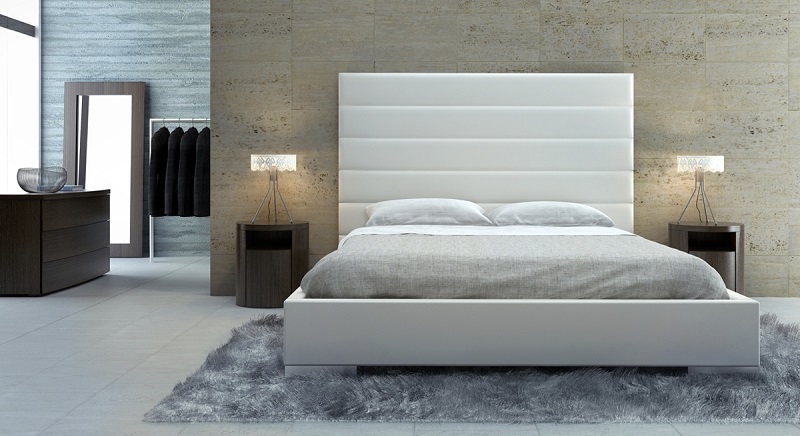Interesting Facts about Bed Heads: From Pharaohs to Stylish Modern Bedrooms
Personally, I believe a bedroom is not finished unless it’s adorned with a gorgeous headboard. Similar to how the front door lets you show a glimpse into your personality to the public, the bed head allows you to bring a touch of character to your most private space. And with the many breathtaking designs out there, it’s truly a shame not to give this bedroom feature its chance to shine.
But besides being a stylish statement in your bedroom, the bed head can also provide you with a little extra dose of comfort. After all, sleeping isn’t the bedroom’s sole purpose. Sometimes, you’ll want to enjoy a book or watch TV in bed, and a headboard can prove to be more convenient than stacking up pillows. So, if you love bed heads for all their utility and beauty, you’ll probably find it interesting to learn some little-known facts about them.

The Ancient Origins
Bed heads aren’t a new thing. They’ve been around for millennia. With their first origins dating back to ancient Egypt and Greece, the headboard wasn’t always used to make a statement. In fact, back in those days, headboards were invented as a way to prevent draughts and keep people warm as they slept. The first headboards in ancient Egypt were made of thick wood that provided insulation from the cold walls. During that time, only Pharaohs and people of high social status could afford a wooden headboard. The poorer classes would create their own from straw and cloth. It was in Ancient Greece that people began to decorate headboards with intricate carvings, undoubtedly more for show than practicality.
Victorian Headboards
During the Middle Ages, the bed was considered the most expensive item in the home since around this time the four-poster and canopied bed appeared. So, wealthy British households, started to use bed heads because they went with their elaborate bed frames. In fact, the appearance of the first upholstered headboards is directly associated with the use of canopied bed hangings. The headboard had to be covered in fabric in order to match the bed curtains. While linen was the fabric of choice for the Victorian headboard, today you can choose from a wide range of materials ranging from velvet to chenille or even leather.
A Must-Have Element According to Feng Shui
According to feng shui specialists, headboards serve to provide long term security, stability, and confidence in the life of the person or people using the bed. Having physical support behind you as you start your day can push you to take an active part in your life. Although feng shui doesn’t define what colour or fabric is best for a headboard, it still outlines some rules regarding its placement in the room. Generally, the best position for a bed head is against a solid wall. However, if you place it against the same wall with the door, it’s thought to believe that it can start arguments in the household.




